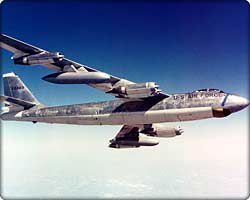

On December 17, sixty years ago, the Boeing B-47 made its maiden flight and nobody knew how this would change the face of the world. Not in the sense of its original dreadfull purpose as a strategic bomber capable of obliviating a communist city with just one A bomb, but more like this was the first jet to fly the skies of our getting smaller planet. It has then inspired a whole generation of modern civil aircraft that are in use today. As far as Boeing is concerned, we had to wait ten full years before this promising technology would then be allowed to be evolve as a civil aeroplane.
<<The Boeing B-47 was the country's first swept-wing multi-engine bomber. It represented a milestone in aviation history and a revolution in aircraft design. Every large jet aircraft today is a descendant of the B-47.>> - from Boeing website.
The very famous Boeing 707 was soon followed by the not less famous ones like the Douglas DC8 (here in its Air Canada delivery that I saw so often at Dorval Airport) and the Convair 880 (here in its TWA colors) which allowed rapid non-stop transatlantic travel. This advent was a great promise to bring people closer. In those days when these airplanes came about, people could not imagine possible taking off in Montreal, crossing the Atlantic and, six hours later, finding themselves landing in Paris at Orly ?
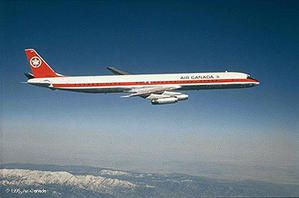

Indeed the B-707 is one of the proven very efficient designs which came directly from the B-47 with similar swept wing, seperate motors on hanging pods, long tail and so on. Therefore, the Boeing civil project could clearly be considered a spin-off of an important military one and this could be the reason why the civil airplane occurence took so long after the military one. The military leaders are renown to detain for a long time the so-called classified or sensitive patents.
However, the B-707 was preceeded by several other nice civil jet aeroplanes such as the De havilland Comet, the Avro Canada Jetliner, the Sud Aviation Caravelle and the Tupolev Tu-104.


The DH Comet inaugural flight happened on 27 July 1949 preceding the Vickers Valiant bomber by two years. They both shared very similar structures although some differences can be apparent. The British favored aerodynamics by joinning the reactors by pairs nearby the fuselage in the shape of the wing. This layout contains less structural problems but more challenges in bringing controls to the wing flaps and also fuel leak can easily reach the motors.

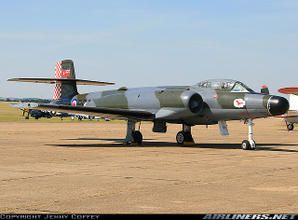
Indeed as it is rarely known but often the case, Canada was a precursor in this domain too. Almost simultaneously, Avro Canada flew its first Jetliner on 10 August 1949 just one year before their CF100 Canuck fighter. Both airplanes featured similar tails and engines along the fuselage. The Canadian company favored military contracts and never went beyond the prototyping stage for their civil airplane which was the first medium range
The USSR also applied its knowledge developped on a military project, the Tu-16 bomber that flew in 1952, to its first civil jet, the Tu-104 that had its maiden flight on 17 June 1955. The russian engineers adopted a wing similar to the B-47 and retained the British idea of having the engine close to the fuselage in the wing.

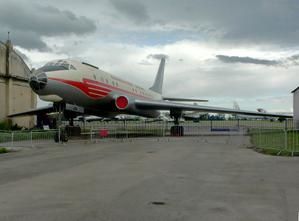
All these major projects were never funded by themselves or through private means since they truely originated in military projects where the funding really came from the governments, hence the tax payer money. This is true except for the french Caravelle which was designed to be a civil aircraft from the beginning and was not a military spin-off. Nevertheless, the request and the funding came from the french government. It did its maiden flight on 27 May 1955. They produced the second design that would also be a revolution by bringing the motor location on the tail which is still is use today by many popular aeroplanes such as the very popular Bombardier CRJ.
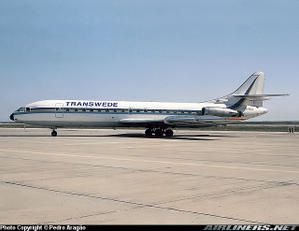
Finally, it is quite clear that the major breakthroughs in transportation never came from private funding schemes. Most of them were results of very heavily funded military projects which had almost unlimited supply of ressources.
We are now facing a very serious challenge. As the available affordable petrol ressources become scarcer and as the combustion gases resulting from our human activity threathen the future of humanity, we will have to revert to a new type fuel, since we all want to continue to benefit form jet travel at livable fares. I am aware that Boeing already flew a hydrogen powered B747 and this avenue should be explored more deeply. Thus I would strongly urge our governments to join ressources and provide the means for a military like effort to design these new aeroplanes.


